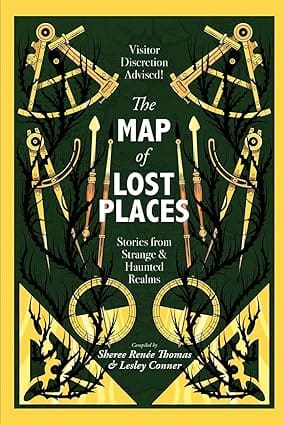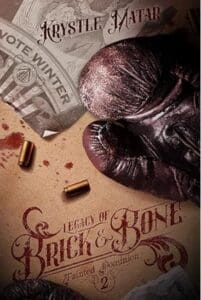
Synopsis
A travel guide to hauntings and the haunted, to lands with their own power, and to the communities that spring from these strange realms.
What you hold in your hands is a travel guide to the strange and surreal. From arcades along a boardwalk and jetties at the edges of tourist towns, to a rural village in Pakistan and hollows hidden deep within a forest in Pennsylvania, strange things can happen no matter where you are. You can become lost in a city crowded with people, haunted within your own home, and slip from one reality into another in the space of a step.
With twenty-two stories by authors such as Brian Keene, Maurice Broaddus, Ai Jiang, Samit Basu, and KS Walker, editors Sheree Renée Thomas and Lesley Conner take readers on a tour of places where weird things happen. Places where ghosts are real, old gods are hungry, and towns are not as idyllic as they appear to be.
Welcome to The Map of Lost Places. Enter at your own risk.
Includes original fiction from: Ai Jiang, Brian Keene, Beth Dawkins, Danian Darrell Jerry, Dimitra Nikolaidou, Fatima Taqvi, Ferdison Cayetano, Gabrielle Paniccia, Jenny Rowe, Joshua Lim, K.S. Walker, Lavie Tidhar & Nir Yaniv, Maurice Broaddus, Muhammed Awal Ahmed, Octavia Cade, Oliver Ferrie, R.L. Meza, Rebecca E. Treasure, Rich Larson, Samit Basu, VH Ncube, Vivian Chou, with an introduction from Linda D. Addison.
Review
Releasing today is a brand new short story anthology, filled to the brim with horror and suspense. Is it good, though?
The idea and the concept behind the collection are interesting, but as a whole The Map of Lost Places is very uneven in its execution. I think a number of the authors got caught up in their own ambiance, failing to put together a compelling story in the process. I think with the horror aspect (especially the supernatural element that was prevalent in so many of the tales), it seemed easy to let the words just kinda flow like the wispy trails of a ghost, but so often the stories lacked structure. Some tried to make up for a lack of structure with clever framing devices, but I’m not sure a framing device replaces a solid plan and structure for how the story gets from Point A to Point B, and for a lot of the anthology it felt untethered.
For me, however, there were a few stand-outs and that’s what ultimately saved the collection in my mind. Here’s the top four stories that caught my attention as I worked my way through The Map of Lost Places:
Notes Towards A History of LeHorn’s Hollow by Brian Keene
Keene has a great framing device (the notes left behind by a retired newspaper editor as he begins crafting a “true crime” novel about a mysterious town), and it works. For me, this might have been the strongest story in the book, which is no shock considering who penned it. As a former newspaperman myself, I found myself drawn into the narrative and enjoyed it through the mysterious ending.
Codewalker by G.M. Paniccia
With all the advanced tech out there, it seems like a given that something will go wrong, especially the closer that tech comes to interacting with the human brain. Hints of Ready, Player One and Sword Art Online make this seem possible, but the horror vibes put it over the top for me.
All Praise the Durians by Joshua Lim
I think horror often works better when there is an air of humor throughout, and Lim does that with his story in this collection. If you aren’t familiar, a durian is a fruit grown in Southeast Asia known for smelling like gym socks at best. The author takes that reputation and turns it on its head, but the final kicker comes in a bit of an O. Henry way and I really liked it.
The (Lost) Tribe of Ishmael by Maurice Broaddus
Less than an hour away from where I live is a small town that was the first African-American rural settlement in Indiana. Today you can visit and they will tell you about the success of that settlement and how some descendents still live nearby and farm the land. This story has a similar vibe, but something in the town’s history doesn’t go as well for the settlers and that history comes back to haunt the later residents years later.
Besides that, there are a handful of stories that are fine, and a handful that I had to power through to get to the next one. There are 22 overall, so perhaps you’ll like some better than me and there are plenty to choose from. I noticed when I received the book, it lists Sheree Renee Thomas and Lesley Conner as the ones who “compiled” the collection, almost inferring to me that they didn’t edit or have much of a hand in choosing the stories that were ultimately included. I think this collection would work better pared down a bit and if some of the stories were tightened up and told a little more streamlined, but there are gems to be found if you care to look.
Thank you to the Apex Book Company for providing a book for review consideration. All opinions are my own.







Leave a Reply